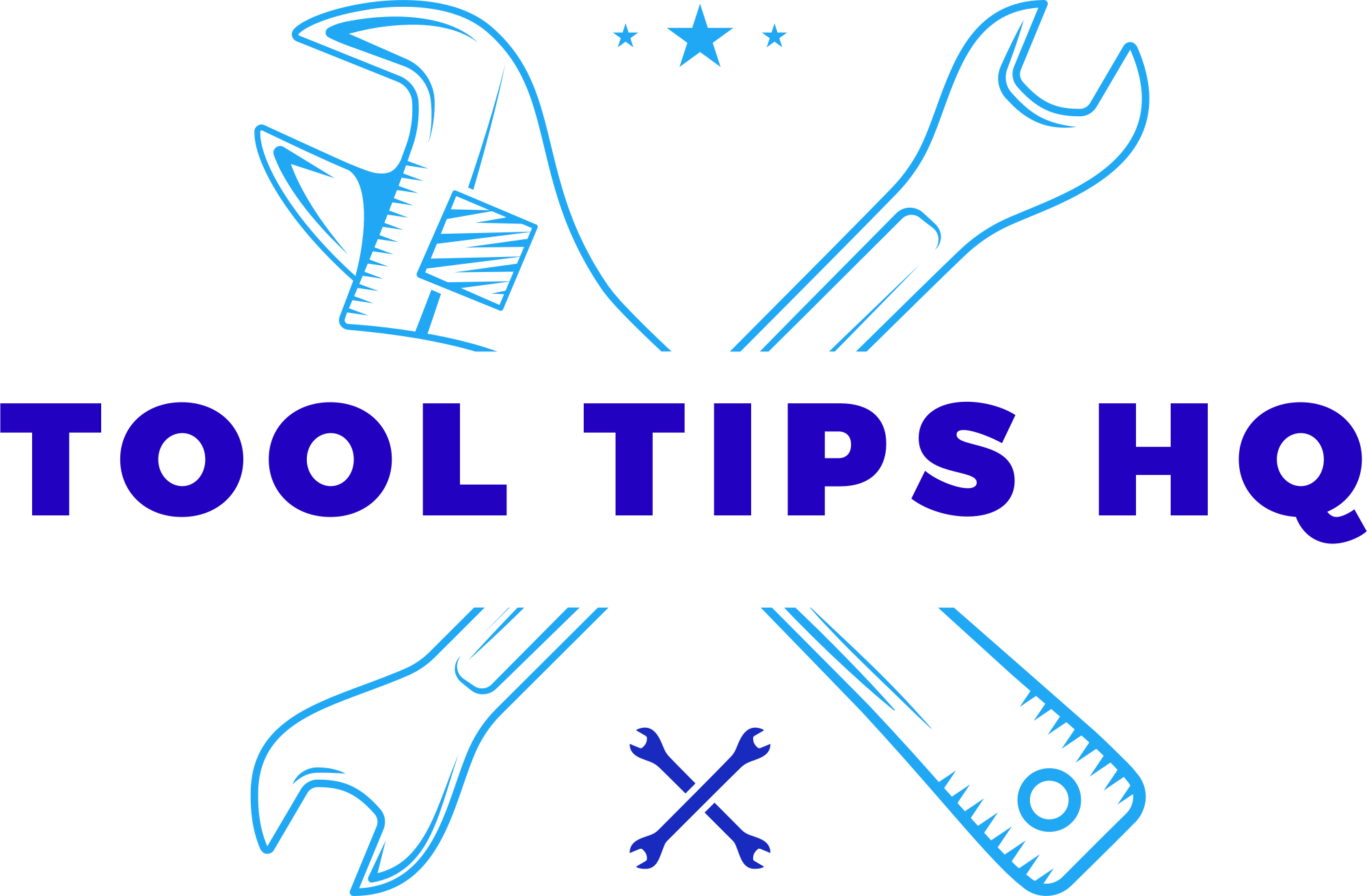**Title: How to Maintain and Care for Your Acme Tools: Unlocking Longevity and Performance**
In the world of craftsmanship, tools are more than mere instruments; they are the trusted companions that turn vision into reality. For those who wield Acme tools, the reliability and durability of your equipment can define your work’s quality and efficiency. However, like any relationship, the bond between a craftsman and their tools requires attention, care, and understanding. Whether you’re a seasoned professional or an enthusiastic weekend warrior, knowing how to properly maintain and care for your Acme tools is essential not only for your projects but also for the longevity of your investment. In this article, we will explore practical tips and techniques to help you keep your Acme tools in prime condition, ensuring they serve you faithfully for years to come. From routine maintenance checks to best storage practices, let’s delve into the art of tool care and unlock the full potential of your toolkit.
Essential Cleaning Techniques for Long-Lasting Performance
To ensure your Acme tools perform optimally over time, adopting effective cleaning techniques is essential. Regular maintenance not only extends the lifespan of your tools but also helps maintain safety standards. Start by gathering a few essential supplies: mild soap, a soft brush, microfiber cloths, and lubricant. For basic cleaning, rinse off any debris or dust with warm, soapy water. Use the soft brush to gently scrub hard-to-reach areas, ensuring precision parts remain free of grime. After cleaning, thoroughly dry each tool to prevent rust or corrosion from developing.
In addition to routine cleaning, applying lubrication to moving parts will keep them operating smoothly. Regularly inspect areas such as hinges, blades, and bearings, identifying spots that may require grease or oil. A systematic approach to maintenance can follow this simple schedule:
| Frequency | Task |
|---|---|
| After Each Use | Wipe down and inspect for damage |
| Weekly | Deep clean with soap and brush |
| Monthly | Lubricate moving parts |

Understanding Proper Storage Practices for Acme Tools
Proper storage of your Acme Tools is crucial to prolong their lifespan and maintain optimal performance. **Humidity, temperature, and exposure to the elements** can severely impact the integrity of your tools, so it’s essential to find a suitable storage solution. Consider using a dry, cool location, such as a garage or tool shed, where tools can be organized effectively. **Wall-mounted racks** and **toolboxes** are great options to prevent accidental damage and ensure easy access. Remember to keep tools off the ground to avoid moisture and dirt accumulation, and always store them in a way that prevents contact with harsh chemicals.
When it comes to specific types of tools, different materials might require unique considerations. For instance, **hand tools** should be wiped clean and lightly oiled before storage to prevent rust, while **power tools** may benefit from being stored in their original cases to avoid dust buildup. Here are some quick tips to consider:
- Label Storage Areas: This helps in easy identification and retrieval.
- Regular Inventory: Conduct monthly checks to ensure all tools are in good condition.
- Utilize Padding: For delicate tools, ensure they are cushioned to avoid scratching.

Routine Maintenance Checks to Enhance Tool Longevity
Routine maintenance is essential for preserving the performance and lifespan of your Acme tools. Regular checks can help identify potential issues before they turn into costly repairs. It is recommended to establish a maintenance schedule that includes:
- Cleaning: Remove dirt, debris, and rust after each use to prevent deterioration.
- Lubrication: Apply appropriate oils or greases to moving parts to ensure smooth operation.
- Inspection: Check for signs of wear or damage, particularly on blades and connectors, and address any concerns immediately.
- Calibration: Keep tools like levels and measuring devices properly calibrated to ensure accuracy.
Creating a checklist can streamline your maintenance routine. Consider maintaining a log to track dates and tasks completed, as this will help you stay organized and proactive. Below is a simple table to get you started:
| Maintenance Task | Frequency | Last Completed |
|---|---|---|
| Cleaning | After each use | ______ |
| Lubrication | Monthly | ______ |
| Inspection | Quarterly | ______ |
| Calibration | As needed | ______ |

Identifying and Addressing Common Wear and Tear Issues
Acme tools, like any other mechanical device, are prone to wear and tear over time. Regular usage can lead to various issues that, if left unaddressed, may diminish the tool’s performance and longevity. Some common problems include:
- Worn Cutting Edges: Blades, bits, and cutting tools can become dull, affecting accuracy and efficiency. Regular sharpening is essential.
- Loose Fittings: Screws and bolts can loosen with repeated use. Periodically checking for tightness ensures safety and effectiveness.
- Rust and Corrosion: Exposure to moisture can lead to rust. Using protective coatings and storing tools in a dry place can mitigate this issue.
Addressing these issues promptly can prevent more significant problems and keep your tools in optimal condition. Regular maintenance routines should include:
| Maintenance Task | Frequency |
|---|---|
| Sharpen Cutting Edges | Monthly |
| Tighten Screws and Bolts | Every Use |
| Inspect for Rust | Weekly |
By understanding these common issues and implementing a solid maintenance schedule, you can prolong the life of your Acme tools and ensure they always perform at their best.
Q&A
**Q&A: How to Maintain and Care for Your Acme Tools**
—
**Q1: Why is it essential to maintain my Acme tools?**
**A1:** Regular maintenance of your Acme tools ensures their longevity, efficiency, and safety. Well-cared-for tools function better, providing more reliable performance while reducing the risk of accidents and breakdowns. Think of it as giving your tools the TLC they deserve, allowing them to serve you faithfully for years to come.
—
**Q2: What are the basic maintenance tasks I should perform?**
**A2:** Start with the fundamentals: clean your tools after each use to remove dirt and debris. Check for any signs of wear and tear, and lubricate moving parts regularly. Sharpen blades and bits when necessary, and ensure that all fasteners are tight. store them properly in a dry, designated space to avoid moisture and corrosion.
—
**Q3: How can I clean my Acme tools without damaging them?**
**A3:** Use a soft brush or cloth to remove loose debris, followed by a damp cloth to wipe down surfaces. For tougher grime, a mild soap solution can be effective—just be sure to rinse and dry thoroughly afterward. Avoid abrasive cleaners, as these can scratch and damage finishes. For stubborn rust, a fine-grade steel wool can be a gentle yet effective choice, just use it sparingly.
—
**Q4: Are there specific lubricants recommended for my Acme tools?**
**A4:** Absolutely! A lightweight machine oil works wonders for most tools, while a silicone spray can help protect against moisture. Always check the owner’s manual for any specific lubricant recommendations tailored for your tool type to ensure you’re using the best options for optimal performance.
—
**Q5: How do I store my Acme tools correctly?**
**A5:** Store your tools in a climate-controlled area, away from extreme humidity or temperatures. Utilize toolboxes, pegboards, or specifically designated tool racks to keep them organized and easily accessible. Consider investing in protective cases for portable tools. Avoid stacking tools on top of one another, as this can lead to damage.
—
**Q6: What should I do if I notice a tool is damaged?**
**A6:** If you find a damaged tool, it’s important to assess whether it can be repaired or if it needs to be replaced. Minor repairs, like tightening screws or replacing a blade, can often be handled easily. For major damage, consult the manufacturer or a professional repair service to avoid injuries and ensure safety.
—
**Q7: How often should I perform maintenance on my tools?**
**A7:** It’s a good practice to inspect and maintain tools after every use, particularly for those that experience heavy wear. Seasonal maintenance checks—once every few months—are also beneficial to catch any potential issues early. Keeping a maintenance schedule can help you stay on track and ensure your tools are always ready for action.
—
**Q8: Can I use my tools in extreme weather conditions?**
**A8:** While Acme tools are designed for durability, extreme weather can affect performance. If you’re working in very humid, icy, or excessively hot conditions, extra care is essential. Always dry your tools thoroughly after use in moist conditions and consider applying a corrosion-resistant lubricant to protect exposed metal parts.
—
**Q9: Any final tips for maximizing the lifespan of my Acme tools?**
**A9:** Absolutely! Always use tools for their intended purpose, as overstraining them can lead to early failure. Invest time in learning about your specific tools through manuals or online resources. join forums or communities of fellow tool enthusiasts to share tips and experiences. A supportive network can enhance your tool maintenance strategies!
—
Embrace these practices, and your Acme tools will not only serve you well but may just become your trusted companions on many projects to come!
The Conclusion
maintaining and caring for your Acme tools is not just about preservation; it’s about honoring the craftsmanship that goes into each piece. By following the steps outlined above, you ensure that these reliable companions continue serving you with precision and ease. Regular cleaning, proper storage, and timely inspections can significantly extend the life of your tools, making them a staple in your toolkit for years to come. So, take a moment each season to give your Acme tools the attention they deserve, and in return, they will empower your projects with unparalleled performance. Embrace the journey of care, and watch your tools thrive as they transform not just materials, but your creative visions as well. Happy tinkering!

